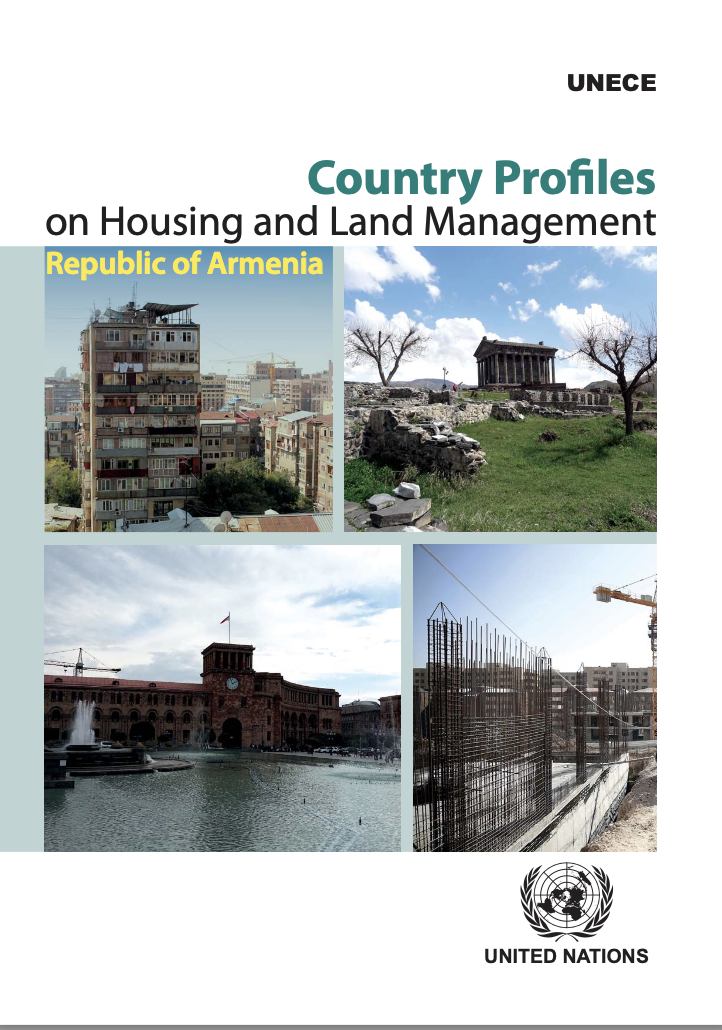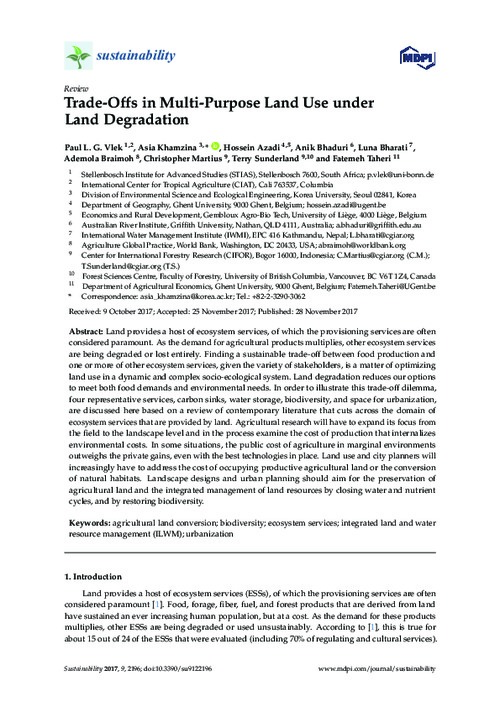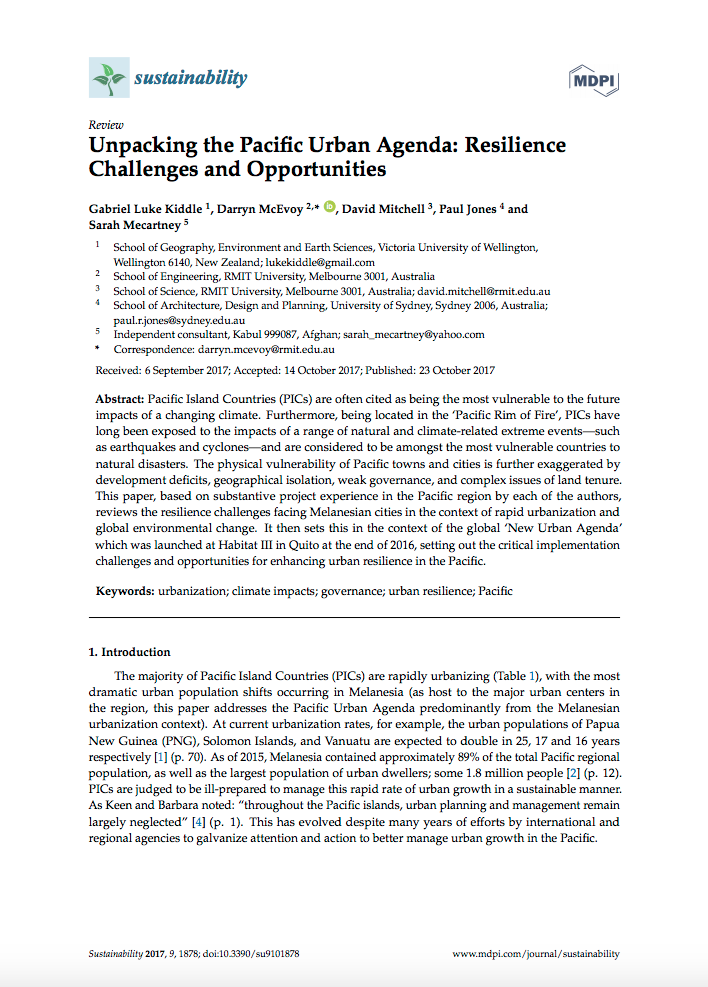Actual and perceived causes of flood risk: climate versus anthropogenic effects in a wet zone catchment in Sri Lanka
The Kalu Ganga Basin in Sri Lanka is generally flooded once a year. A network of low-lying lands acts as natural retention and storage that captures floodwater, minimizing damage. An increase in the flood frequency has been observed in recent years. It is commonly perceived that this increase is caused by a rise in the frequency and severity of ‘very wet’ precipitation events. We conclude that land-use changes may have played a larger role in generating floods.








